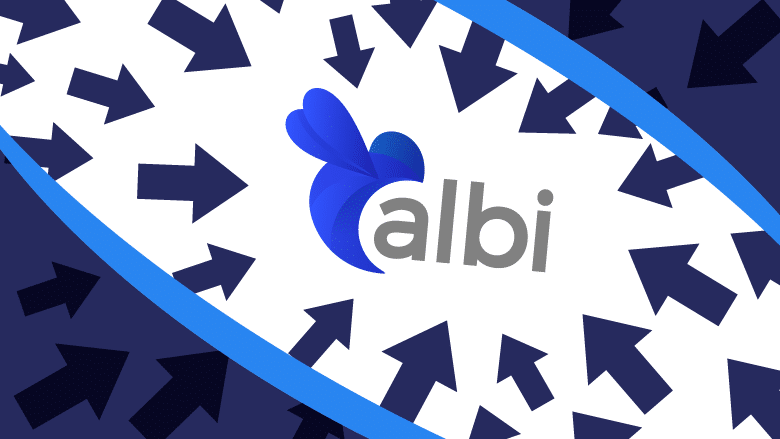The Future of the Restoration Industry
Last updated: June 26th, 2023

Contents
One of the most significant roles of an entrepreneur is to envision what the future looks like and lead a team towards a prosperous future. As leaders, we often ask ourselves what the future holds for the industry we’ve entered.
Restoration has been pretty resistant to change compared to other home service industries. Restorers prefer the ” status quo, ” whether you look at marketing best practices, technology trends, or even hiring tactics; restorers tend to prefer the “status quo.” The question of “why” perplexes me, and the standard answer I hear when I pose the question is, “that’s just how we’ve always done it.”
Perhaps one of the biggest drivers of my explosive growth as a restorer was challenging the status quo. While my competitors relied on “donut girls” to hand out donuts to agents or vendor programs, we adopted and crafted modern-day sales and marketing techniques that blew our competitors out of the water. While many competitors were stuck on pen and paper, we built our automated job management platform. The list goes on and on. “How did we scale from 0 to 8 figures? I would attribute our explosive growth to our ability to pivot quickly and embrace change.”
Looking at industry trends, we quickly realize that things cannot be done the same way they were before. Trends such as:
-
Technology
-
M&A
-
Labor shortages
-
Gen Z
All of the above contribute to the future of restoration and pressure change. Scrolling through social media one day, I couldn’t help but smile seeing a post from a fellow restorer encouraging resistance to change and giving examples of Amazon and Uber and how they had “damaged” brick and mortar & taxi industries. While it’s true that the concept of Uber displaced many taxi drivers, those who pivoted and adapted to the change became Uber drivers or Uber vehicle lessors. Although Amazon made a pretty big dent in the traditional way of shopping, brick-and-mortar store owners who pivoted became Amazon drop shippers and generated revenue and profits without the hassle of having stock and rent to worry about. Overall, those who resisted change dissolved, and those who didn’t evolve.
The same concept of evolving or dissolving applies to the restoration industry. The next sector will be forced to change, and those who do not change will probably eventually vanish. In the future of restoration, those who show up with paper folders in which they collect documentation will be laughed at by customers, referrers, and insurance companies. Paper will soon have the same effect in the future as people running around with stone tablets carving out words on them. With entry barriers so low, competition has always been on the rise within the restoration industry.
Response time is one of the highest contributors to restoration sales. When you look at your whiteboard schedule to see where your next available technician is, your competitor that implements automated scheduling technology already has a crew rolling. All materially interested parties are automatically notified. While the old-school restoration contractor relies on heavy TPA work, the intelligent restoration contractor implements inbound restoration marketing where plumbers, insurance agents, and property managers refer the restoration company without even meeting an employee. This list goes on and on.
Innovation is no longer an option within the restoration space, and I am confident that there will be a massive change in the industry within the next decade. Those who can pivot and adapt will win significantly. Those who fail to do so and confide in the status quo should probably start making retirement plans.
What you should do now
- Get a Free Demo and see how Albiware can help solve your restoration software challenges.
- Read more articles in our blog.
- If you know someone who’d enjoy this article, share it with them via Facebook, Twitter, LinkedIn, or email.